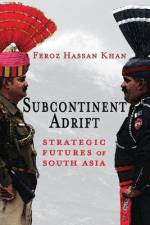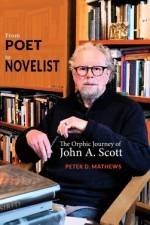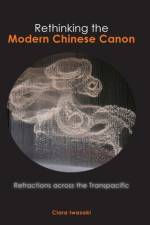von Clara Iwasaki
118,00 €
This book is in the Cambria Sinophone World Series headed by Victor H. Mair (University of Pennsylvania).The texts that are examined in this study move in and out of different languages or are multilingual in their origins. Texts and authors do not move randomly; rather, they follow routes shaped by the history of contact between different nations of the transpacific. As these texts move into and out of the Chinese language or become multilingual, they necessarily do not always remain Sinophone. The works of the authors discussed are refracted out of Chinese literature into American, Malaysian, and Japanese literatures and, in some cases, back into Chinese again. Following their paths through multiple languages makes visible the ways that these trajectories are informed by, are arrested by, and bend around historical and geopolitical barriers across the Pacific. To this end, examining the path that these texts from a transpacific perspective allows for the possibility of not only multilingual but multidirectional movement.The transpacific trajectories discussed in this book give rise to a number of different versions or interpretations of several texts. When put into conversation with one another, these texts often acquire new meaning as they move between different languages, countries, or time periods. In Rethinking the Modern Chinese Canon, author Clara Iwasaki reads four canonical Chinese writers in relation to their translations, interpellations, and interpretations in different languages, revealing them to be more worldly than previously supposed. Texts, writers, and characters appear in different languages, sometimes taking markedly different forms. Authors translate and translators become authors. When individual texts are read in the context of their language or country of origin, these valences of meaning become lost. It is in reading clusters of texts together that these hidden relationship to other writers, other languages, and other texts become visible. To this end, Iwasaki looks at four writers, Xiao Hong, Yu Dafu, Lao She, and Zhang Ailing, through what she calls refractive relations. Following transpacific circuits, these writers and texts move not simply from periphery to center, or from obscurity to canon, but back and forth between literary, linguistic, and national communities. Many literary encounters today have their origin in meetings of authors and texts decades earlier. Rather than focusing on a single text, this book focuses on the relationship between the different works and how these texts acquire meaning when read in relation to each other.This book would be of interest for people with an interest in Asian studies, Asian American studies, American literature, history, translation studies, and comparative literature.




